Expo / Palermo
Expo 65 – Part 01: Palermo
Much of its complex history is dark and overshadowed by the Mafia but Palermo’s citizens have fought back and reclaimed their seductive city as a centre for art and gastronomy.
Phoenician, Greek, Arab, Norman, Spanish, French and American. You name the civilization and at some point it came, stayed and left its mark on Palermo. And yet, despite its allure, the city remains an exotic mystery even to the Italians. It is a port city but has its back to the sea; in Palermo clumps of unkempt prickly pears give way to gardens in the English style. The city that gave the world the Mafia is also the place that has fought tooth and nail to wash its hands of it. In Palermo nothing is simple.
At her vast 17th century palazzo, Nicoletta Polo, the Duchess of Palma, attempts to explain the history of her home, her family and Palermo. Some 30 years ago Nicoletta, a Venetian, married Gioacchino Lanza Tomasi, the adopted son of Giuseppe Tomasi di Lampedusa, an aristocrat and Sicily’s most celebrated writer. Upstairs, in a carefully lit glass cabinet lies the manuscript of Lampedusa’s novel Il Gattopardo (The Leopard) among the many treasures of an opulently furnished drawing room. “When I arrived here to live in the early 1980s, the palace and the street outside were like a film set. A set of Beirut ravaged by years of civil war,” says Nicoletta.
Things are different now. Much of the city’s breathtaking architecture has been restored – or at least been given a face-lift. It is on the subject of food that the duchess reveals the depth of her love for Sicily. She lists some of her favourite ingredients; jasmine “as seasoning”, almonds, pistachios, orange salads “occasionally dressed with smoked herring”, tomatoes that are not only good but are “a triumph”, gelato with salsify and mulberry; lemons, cinnamon and black olives. “The Sicilian palate is as bizarre as it is wonderful,” she says.
Palermo’s intricate and diverse cuisine reflects a complex history. Its position in the middle of a fertile plain opening onto a natural harbour, the Conca d’Oro (Golden Shell), meant the city was always coveted. The Arabs called the city Bal’harm and their influence is still felt: the Kalsa and Càssaro (from al Qasr) districts sound and feel closer to Tangiers than Turin. Whoever the invader, the local aristocrats always managed to flourish. A few dozen families retained their huge estates and their palazzo in town had to give the right signal.
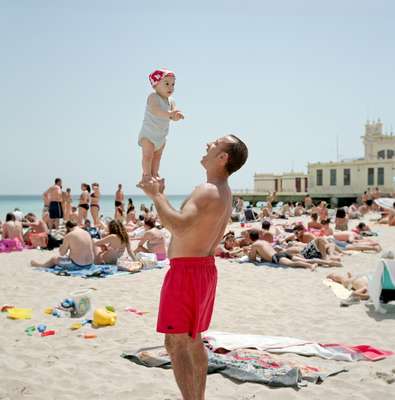
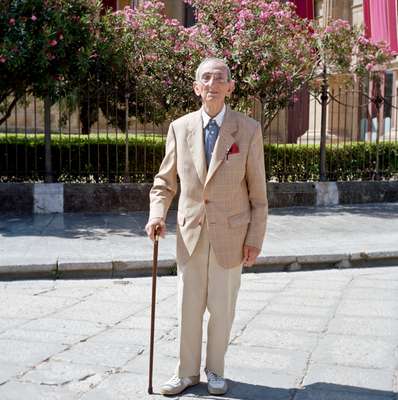

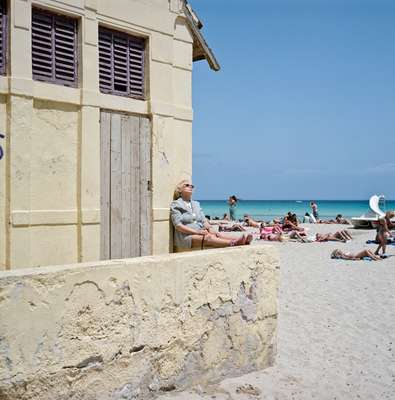
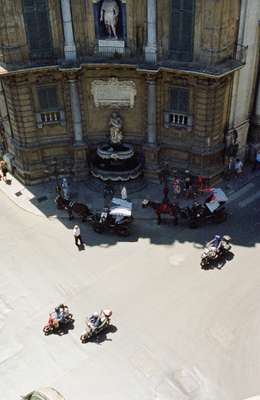
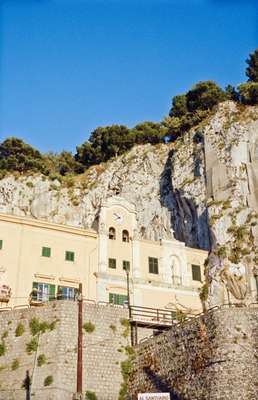
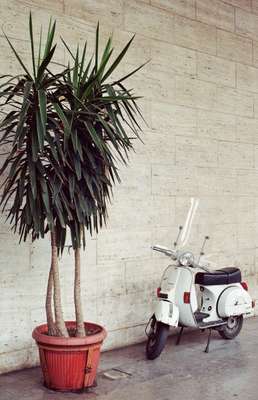
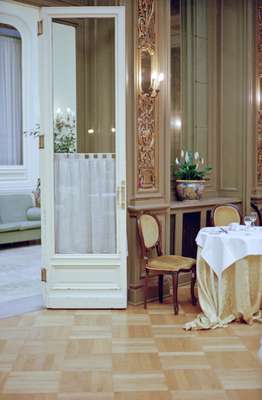
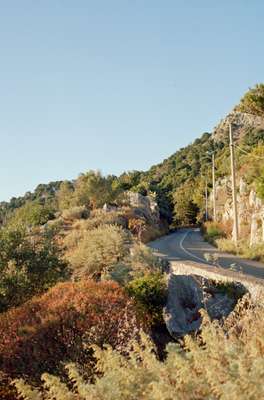

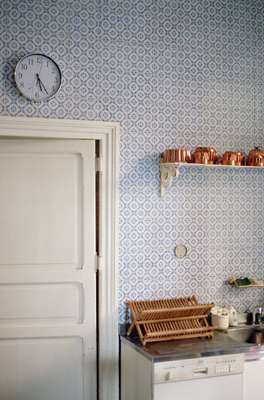
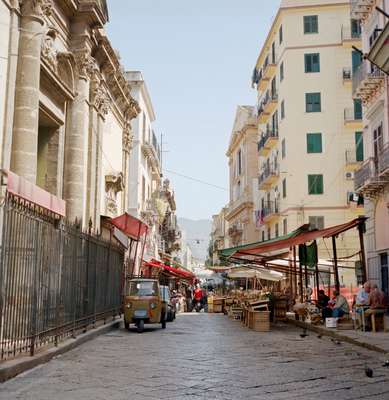
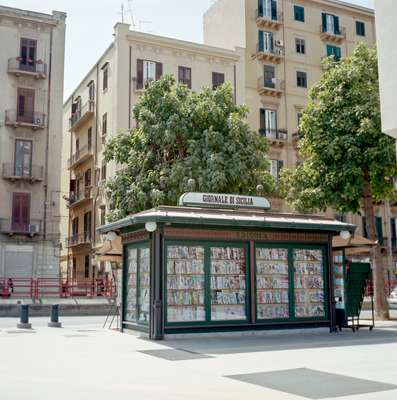

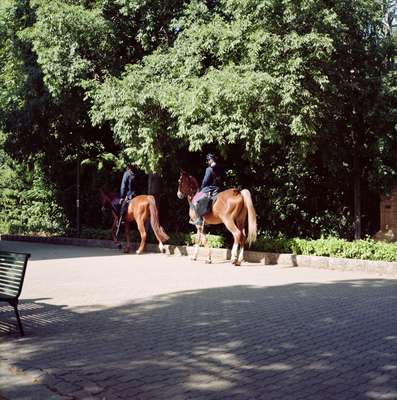


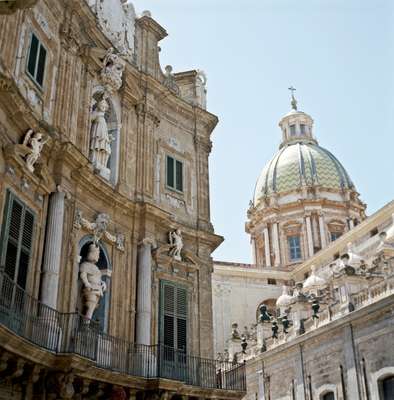
Palermo has many faces: dark and ominous yet subtropical and cheerful. “It used to happen all the time,” says Agnese Giglia, an interior designer and part-time activist. “You would get a call or a knock on the door and then, ‘Do you want to make sure you won’t be burgled?’ or ‘Pay us a million lira and everything will be OK’.” This was when Palermo was so riddled with mafioso extortion that conducting a normal life was nearly impossible without paying a pizzo (bribe).
A spate of Mafia killings in the 1990s led to a groundswell of public revulsion. The “Addiopizzo” movement was born. “Goodbye Bribe” started with a few shopkeepers and is now the city’s most visible grassroots movement. “We knew it was scary to shout alone. It’s about safety in numbers, about building a network of likeminded, ethical citizens,” says Agnese.
Another project that keeps her busy is zac (Zisa Zona Arti Contemporanee), a contemporary art space housed in a former plane factory in the north of the city. The building was beautifully converted when city coffers were awash with state subsidies. It then lay empty for several years as maintenance costs were deemed too high in times of economic crisis. It was through the campaign of Agnese and her gang of designers and artists that City Hall finally unlocked the zac and supported an arts programme. In spite of the Mafia and a Byzantine bureaucracy,
Palermo’s cultural scene is flourishing. However complex the Palermitan story is, the culture of its people remains simple and immediately affable. The old town’s four ancient quarters maintain their distinct identities that meet in perfect geometry at the Quattro Canti – The Four Sides. A perfect Baroque crossroads that teams with traffic, both horse-drawn and motorised – and heavy footfall as it is at the confluence of a dozen evening stroll routes.
The Palermitani love to eat: bakeries and bars teem with the creation of astonishingly nimble-fingered pastry chefs. Miniature fruit-shaped marzipan is another speciality along with canoli or cassata, both of which come generously stuffed with sweetened ricotta. The summer heat is unforgiving but a crushed ice granita at the city’s favourite beach, Mondello, provides respite, as thousands swap urban chaos for the parallel cacophony of the Italian seaside.
At sunset the elderly chat and read the evening news under the shade of the giant fig trees. Somehow, Palermo ticks on, the cartoleria (stationers) always have the newest range in stock and there’s no shortage of enoteche (wineries) open on the nearest avenue, should you be seeking some local, or international refreshment.
At one corner of the Quattro Canti, Francesco Pantaleone has a contemporary art gallery that bears his name. After living and working in New York he decided to come home and set up shop. In his gallery, which takes up part of a defunct department store, Francesco sheds some light on the Sicilian condition. “The mentality can seem a bit clannish but the arts have become an incredible force for good.”
Back in the gallery the main space contains works by a Mexican artist, one of many foreign artists represented there. “I’m not one of these people who negates Sicily but neither do I want to create a zoo full of Sicilian artists; it’s all about talent, obviously.” Palermo both profits and suffers from being stereotyped: slow, inefficient, corrupt, crumbling – or charming, decadent, inspiring and yes, beautifully crumbling. “Ideally, my artists are talented and Sicilian!” Francesco decides.
Why we love it
- The Palermitans are famously eccentric and are fantastically hospitable.
- Palermo has an unparalleled cuisine that gets the rest of Italy’s mouth watering
- Whether ruined, furnished, converted or untouched Palermo’s palazzos are fabulous.
- The beach at Mondello has crystal clear waters and scoops of old Italian charm.
- Both old and contemporary, architectural or musical, Palermo is a cultural capital.
What we’d fix: Red tape needs to be cleared in order to spruce up the architectural treasures.


